When it comes to buying a truck, one of the most important considerations for buyers—whether they’re individuals or businesses—is how well the vehicle retains its value over time.
Trucks often represent a significant investment, and understanding their depreciation patterns can save owners thousands of dollars in the long run. Some trucks hold their value remarkably well, maintaining around 80% of their original price even after several years.
These trucks combine durability, brand reputation, and consistent demand, making them a smart financial choice for resale or trade-in.
On the other hand, not all trucks are created equal when it comes to retaining value. Some models lose nearly half their value within just two years, which can be a harsh reality for buyers who aren’t prepared.
Factors like poor reliability, high maintenance costs, lack of brand loyalty, and oversupply in the used market often contribute to steep depreciation. Additionally, market trends, fuel economy concerns, and design changes can affect how quickly trucks lose value.
In this article, we’ll explore two contrasting groups of trucks: five that hold approximately 80% of their value over time and five that lose half their worth within two years.
By examining these trucks, their strengths, and their weaknesses, buyers can better navigate the resale landscape and make more informed purchasing decisions.
Also Read: 5 Cars Where Minor Repairs Total Over $1,000 And 5 That Stay Manageable
5 Trucks That Hold 80% Of Value
When it comes to truck ownership, resale value is a key metric that separates the wise investments from potential money pits. Trucks that hold around 80% of their original value after several years are especially prized by buyers who want reliability and long-term worth.
This kind of retention is often a sign of strong demand, proven durability, and positive owner experiences, which keeps these vehicles desirable in the used market.
Several factors contribute to trucks maintaining their value. Brand reputation plays a massive role—manufacturers like Toyota and Ford have cultivated loyal followings for their tough, dependable pickups.
Reliability is another critical element; trucks known for low maintenance costs and longevity remain sought-after.
Additionally, trucks that perform well across multiple roles—whether for work, daily driving, or off-road use—tend to stay in high demand. Fuel efficiency, updated technology, and overall ownership costs also affect resale values.
In this section, we focus on five trucks renowned for retaining roughly 80% of their value over a typical ownership period. These models have proven their worth in diverse markets by balancing rugged capability, comfort, and cost-effectiveness.
By exploring these trucks, we’ll uncover what makes them stand out and why they continue to be strong performers in resale charts.
Understanding why these trucks hold value can help buyers prioritize features and brands that promise better financial outcomes down the line.
Whether you’re looking for a reliable workhorse or a versatile family truck, knowing which models depreciate less can guide smarter purchase decisions.
1. Toyota Tacoma
The Toyota Tacoma consistently ranks among the top trucks when it comes to holding value, often retaining around 80% or more of its original price even after several years of use.
This impressive resale performance makes the Tacoma a standout choice for buyers who want long-term reliability and strong return on investment.
One major reason for the Tacoma’s exceptional value retention is Toyota’s reputation for building durable and dependable vehicles.
The Tacoma’s robust engineering means it can handle demanding tasks—from daily commuting to off-road adventures—while requiring relatively low maintenance.
Owners appreciate the truck’s strong V6 engine option and its well-tuned suspension, which combine performance with comfort, boosting its appeal in the resale market.
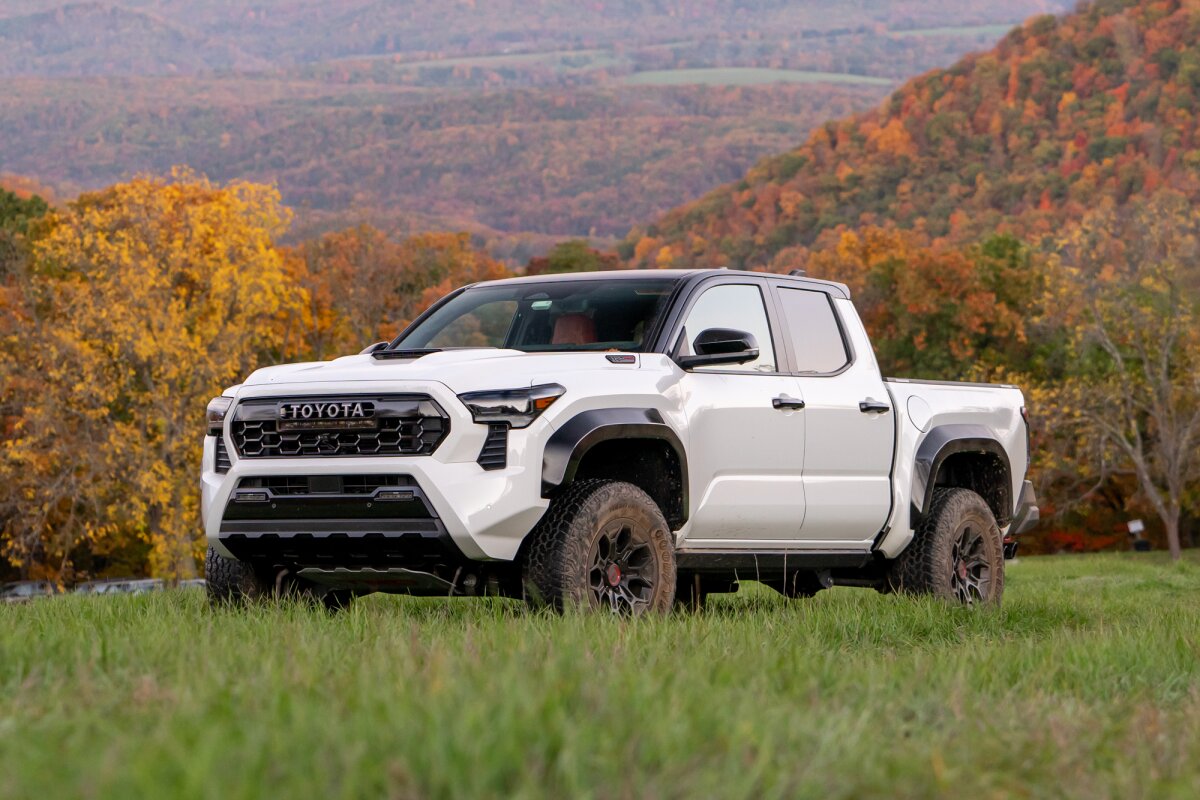
Another factor contributing to its value retention is the truck’s strong brand loyalty. Tacoma owners often keep their trucks for many years, and demand for used Tacomas remains high thanks to the model’s reputation for longevity and versatility. Limited availability and consistent consumer demand further push used prices up.
The Tacoma also benefits from Toyota’s commitment to quality interiors and modern technology updates over the years, such as touchscreen infotainment systems, safety features like Toyota Safety Sense, and connectivity options. These improvements keep the truck competitive and attractive to buyers in the used market.
Its compact size and off-road capability make it ideal for a broad range of buyers—from outdoor enthusiasts to small business owners—ensuring steady demand.
Overall, the Toyota Tacoma’s combination of reliability, brand strength, and well-rounded performance firmly establishes it as one of the best trucks for value retention.
2. Ford F-150
The Ford F-150 has long been the best-selling truck in the United States, and its reputation for toughness, versatility, and strong resale value continues to impress.
Holding close to 80% of its value over several years, the F-150 is a prime example of how a well-rounded pickup can retain worth in the competitive truck market.
One key reason for the F-150’s strong value retention is its wide appeal across many customer segments. From contractors and farmers to families and outdoor adventurers, the F-150 meets diverse needs with a variety of engine options, cab configurations, and trim levels. This versatility keeps demand high for both new and used models.
Ford has also invested heavily in technology and comfort features in recent F-150 generations, adding value for buyers seeking modern conveniences.
Features like advanced infotainment systems, driver-assist technologies, and powerful turbocharged engines make the F-150 competitive in its class.
Durability and performance have been a hallmark of the F-150, with a reputation for handling tough workloads and long mileage without excessive maintenance costs.
The availability of genuine OEM parts and widespread serviceability also contribute to lower ownership costs, making used F-150s attractive purchases.
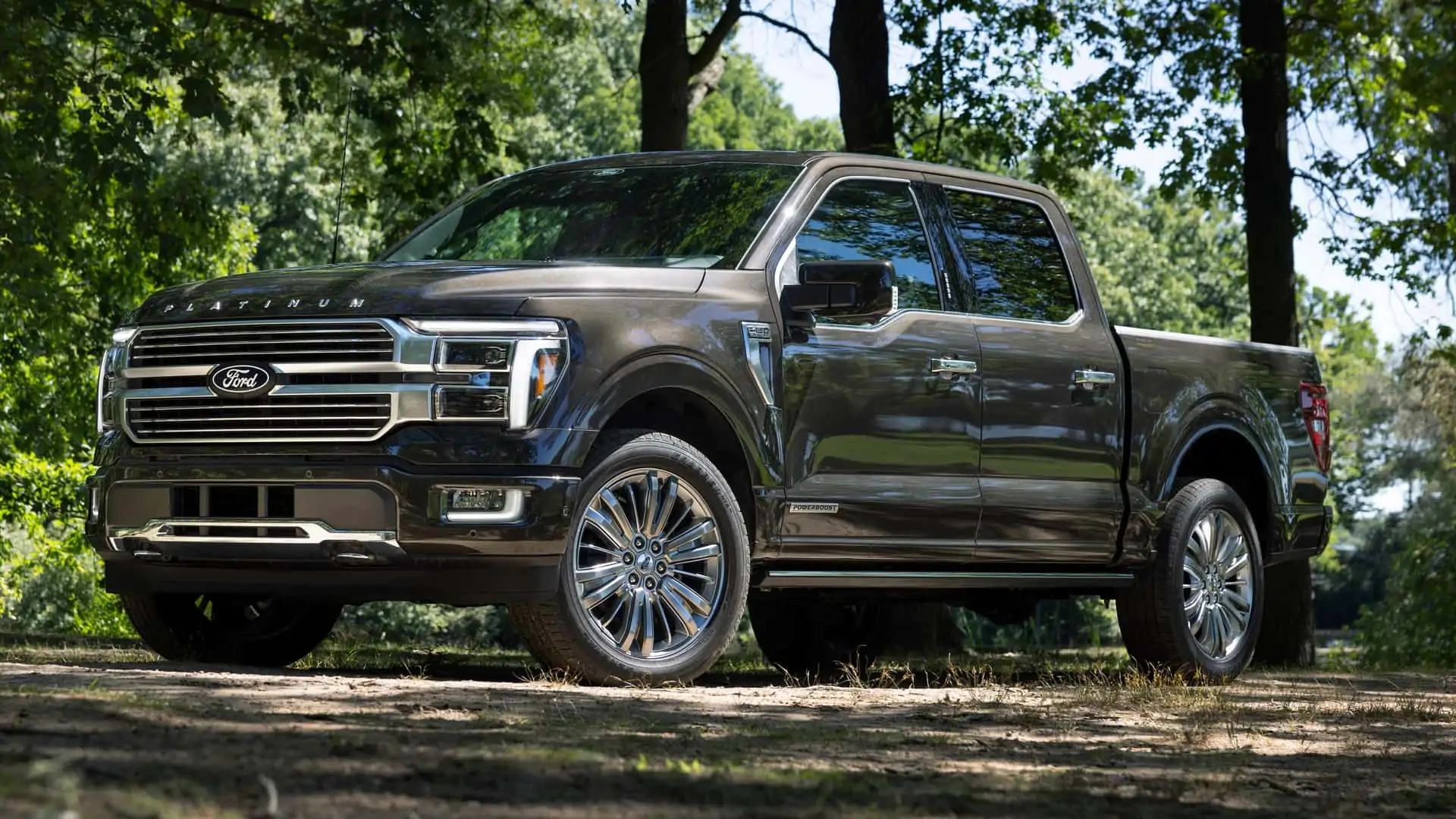
Additionally, Ford’s strong dealer network and solid resale market for trucks mean that used F-150s are easy to buy and sell, helping maintain their value. The truck’s balance of capability, comfort, and reliability makes it a smart buy for those who want to protect their investment.
In summary, the Ford F-150’s enduring popularity, broad utility, and continual innovation ensure it remains one of the best trucks to hold its value over time.
3. Chevrolet Silverado 1500
The Chevrolet Silverado 1500 earns its place among trucks that retain roughly 80% of their value thanks to its strong engineering, wide feature range, and longstanding reputation as a reliable workhorse.
Whether used for job sites, weekend towing, or family transportation, the Silverado delivers consistent performance and durability that keeps demand high in the used market.
Chevy’s approach to the Silverado is centered on flexibility and user-focused design. With multiple engine options—including the fuel-efficient 2.7L turbo and the powerful 6.2L V8—the Silverado appeals to a wide spectrum of truck buyers.
This engine variety gives the Silverado an edge in both fuel-conscious segments and among buyers needing heavy-duty towing capability. That appeal helps maintain its resale value, as used buyers appreciate the ability to choose a configuration that suits their needs.
In terms of comfort and features, Chevrolet hasn’t cut corners. Recent Silverado models are equipped with user-friendly infotainment systems, smartphone integration, and advanced safety options.
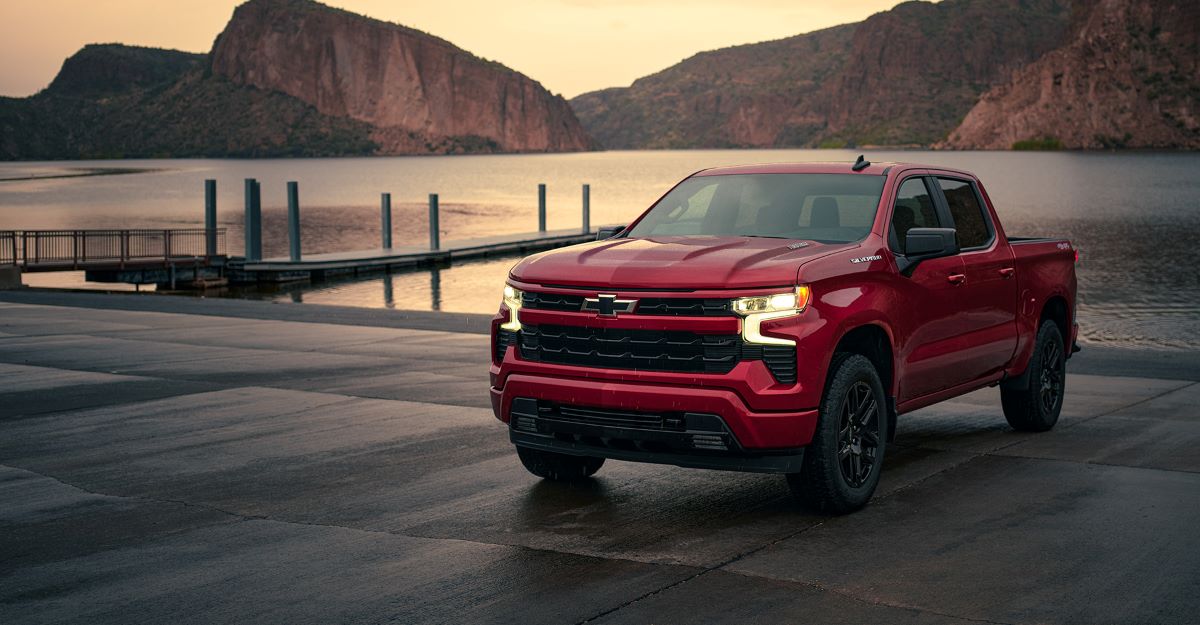
While these features may not seem critical to resale at first glance, they play a major role in retaining value because today’s used truck buyers expect modern tech—even in older models.
What also helps the Silverado stand strong in depreciation curves is GM’s vast parts network and ease of service.
Replacement parts are widely available and affordable, meaning owners can maintain their trucks without paying a premium. This keeps Silverados in good condition longer, and well-maintained trucks naturally fetch better resale prices.
Finally, the Silverado 1500 is often perceived as a no-nonsense pickup that delivers what it promises—strong towing, comfortable interiors, and robust reliability.
That simplicity, combined with competitive pricing new and strong demand used, helps it hold its value better than many rivals in the full-size truck class.
4. Honda Ridgeline
The Honda Ridgeline might not look like a traditional pickup, and that’s exactly why it surprises so many buyers—and why it retains close to 80% of its value after several years.
Built with Honda’s signature reliability and smart engineering, the Ridgeline stands out in the midsize truck segment as a low-maintenance, high-resale option that appeals to both casual truck users and brand-loyal Honda fans.
Unlike traditional body-on-frame trucks, the Ridgeline uses a unibody platform derived from the Honda Pilot SUV. While purists may scoff at this design, it’s precisely what makes the truck a reliable and practical option for daily drivers.
It rides smoother, handles better, and offers a more car-like experience than traditional pickups. This makes it attractive to a large market of consumers looking for truck utility without the harshness of truck dynamics—keeping used demand steady.
The Ridgeline’s unique features also contribute to its high resale value. It comes with innovations like an in-bed trunk, dual-action tailgate, and a well-finished interior that’s more akin to a crossover than a typical truck.
These creature comforts and design perks resonate well with suburban buyers and those who use trucks more for recreation than heavy work.
Maintenance-wise, the Ridgeline shines. Honda’s reliability record is among the best in the industry, and the Ridgeline benefits from affordable parts, few major service issues, and wide dealership support. This contributes to a lower cost of ownership, which directly supports higher resale values.
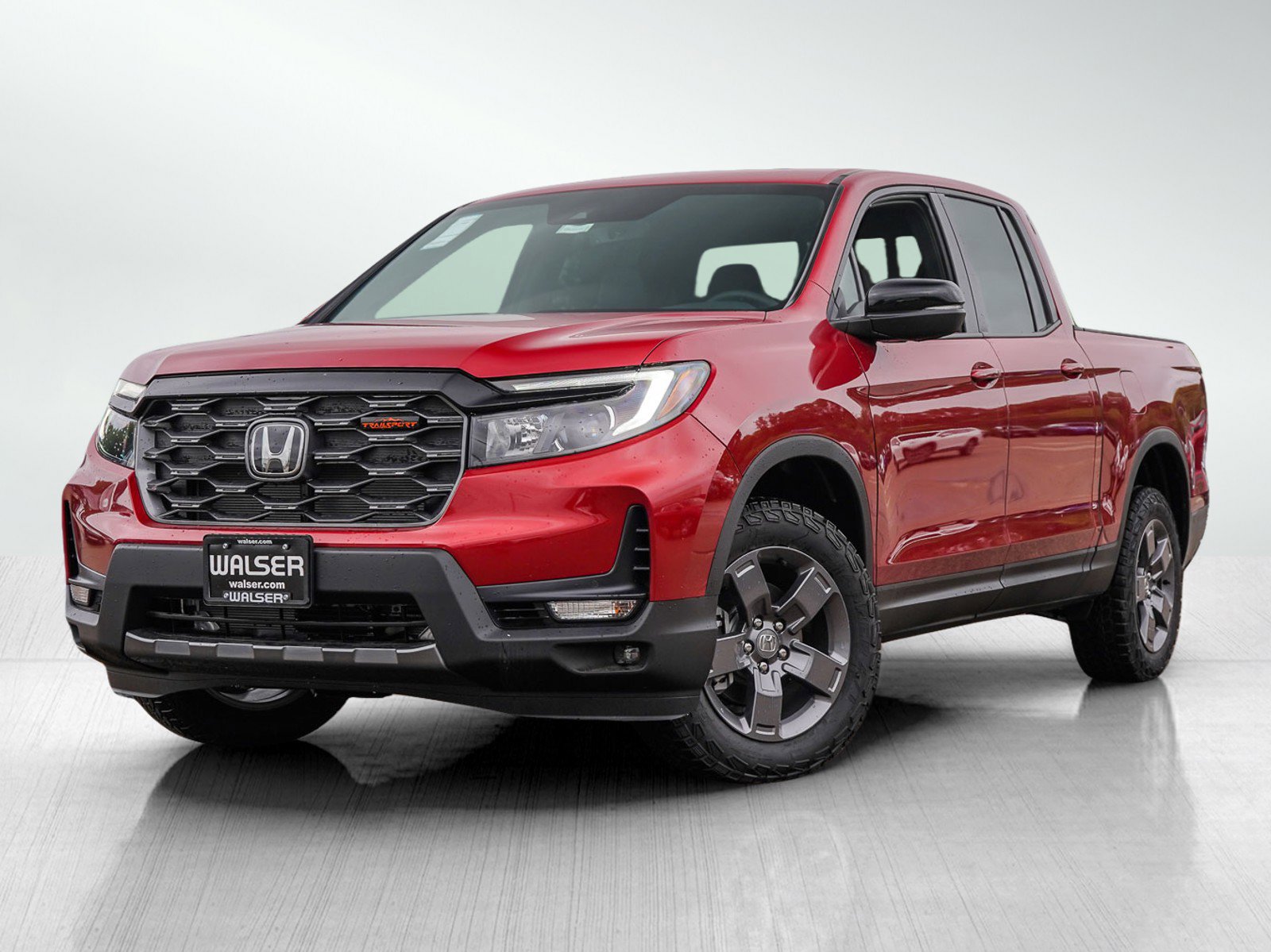
Lastly, Honda’s conservative release schedule helps older Ridgelines remain relevant longer. They age well because the changes between model years are incremental, meaning a three-year-old Ridgeline doesn’t feel outdated.
Combine that with the truck’s broad practical appeal, and it’s easy to see why it maintains so much of its value on the used market.
5. Chevrolet Colorado ZR2
The Chevrolet Colorado ZR2 stands out as a midsize truck that punches well above its weight in off-road performance, and that capability translates to strong resale value.
Within three years of ownership, the ZR2 holds close to 80% of its value, especially when it’s equipped with the diesel engine and factory off-road suspension setup.
What helps the ZR2 retain value is its niche appeal. Unlike standard work trucks or mall cruisers, the ZR2 is designed with the off-road enthusiast in mind.
It features Multimatic DSSV dampers, front and rear locking differentials, and aggressive all-terrain tires—all from the factory.
This makes it extremely desirable on the secondhand market, especially among buyers who want off-road chops without jumping to a full-size truck like a Ford Raptor.
Another key advantage is its limited availability. While the regular Colorado is fairly common, the ZR2 trim is less frequently produced, which means supply is lower—helping keep used prices high.
Additionally, it benefits from Chevrolet’s relatively affordable parts and decent long-term reliability ratings compared to its segment rivals.
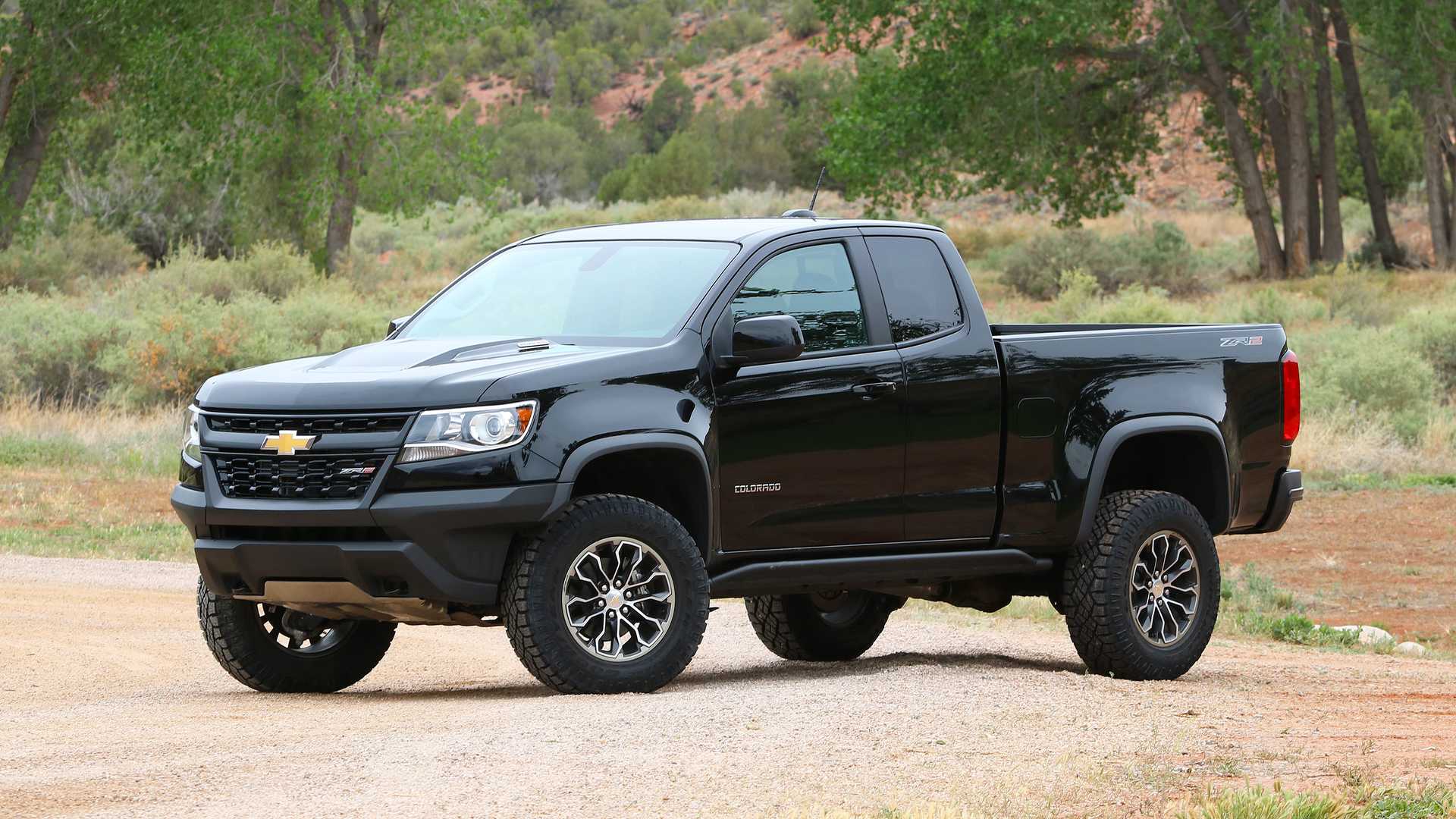
Its diesel engine option is another factor. Diesel trucks tend to command better resale values due to their longevity and torque advantage, and the ZR2 is one of the only midsize trucks that offers a diesel. Buyers know they’re getting a rare configuration that can haul and crawl in equal measure.
Overall, the Colorado ZR2 is proof that a well-executed off-road package with limited production numbers and real performance chops can drive exceptional value retention. It’s not just rugged—it’s an asset.
5 Trucks That Lose Half In 2 Years
While some trucks command impressive resale values, others can be financial traps that drop nearly half their value within just two years of ownership. It’s a jarring reality for many buyers who assume all pickups age gracefully in the used market.
However, depreciation is not solely tied to brand reputation or towing capacity—it’s also influenced by reliability ratings, fleet usage, poor fuel economy, or even slow-selling design refreshes. Some trucks just don’t hold their appeal over time.
This list isn’t about bad trucks. In fact, some of these models may offer solid performance and a full set of features. The problem arises when resale markets react negatively—either due to reliability concerns, rapidly outdated tech, or lack of long-term buyer confidence.
Trucks that are often sold to fleets or used in commercial settings tend to see higher turnover, which can flood the used market and drive down resale value even further.
In this section, we’ll examine five modern trucks that depreciate far faster than the segment average—losing up to 50% or more of their value within just 24 months.
For budget-conscious shoppers, these may offer tempting deals as used purchases. But for first owners, the depreciation hit can be brutal if you’re not planning to keep the truck long-term.
These trucks serve as a cautionary tale. While their upfront value might seem appealing at the dealership, their residual values plummet quickly—and understanding why can help buyers make smarter long-term decisions.
From design quirks to high maintenance costs, each of these models has a specific reason it doesn’t hold up on the resale market. If you’re buying new and thinking about resale, these are the trucks you’ll want to approach with caution.
1. Nissan Titan
The Nissan Titan entered the full-size pickup scene with the intention of competing directly against segment heavyweights like the Ford F-150, Chevy Silverado, and Ram 1500.
However, despite its generous standard features and solid V8 powertrain, the Titan has consistently struggled in the resale department—often losing up to 50% of its value within just two years of ownership. That’s an enormous hit for buyers who plan to trade in or resell within a short timeframe.
One of the main culprits behind this sharp depreciation is brand perception. Nissan is not traditionally known for full-size trucks in the U.S. market, and buyers tend to be wary of unproven long-term durability compared to Detroit’s Big Three.
While the Titan does offer a 5.6-liter V8 engine that delivers robust performance, its towing and payload capabilities don’t stand out significantly from its more established rivals. That makes it a harder sell when used truck buyers have more confidence in a Ford, Chevy, or Ram.
Compounding the problem is Nissan’s lack of meaningful updates to the Titan over the years. Despite a minor refresh in 2020, the overall design and interior still feel dated when compared to the competition.
Infotainment, interior materials, and overall ergonomics lag behind, which becomes an even greater disadvantage as tech-savvy consumers flock to more modern alternatives. These shortcomings hit especially hard in a segment where comfort and features now matter just as much as brute strength.
The Titan XD, positioned awkwardly between half-ton and heavy-duty categories, hasn’t helped the resale story either. It’s too heavy for half-ton buyers and lacks the hauling muscle heavy-duty truck buyers expect, resulting in poor demand in the secondhand market.
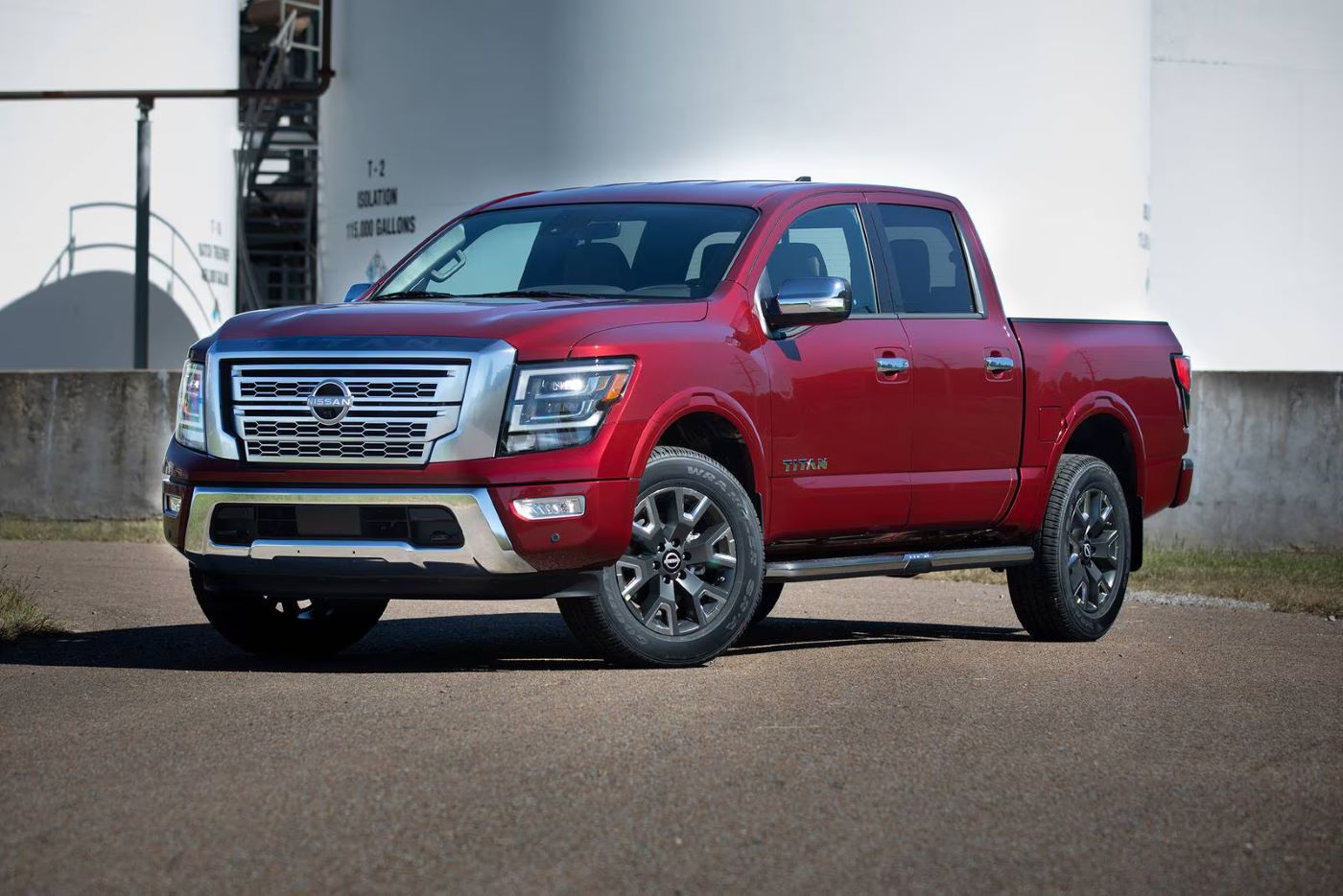
Additionally, fleet sales for Titans are relatively rare, meaning the model lacks the commercial buyer base that often helps buoy resale value for domestic trucks.
Without strong residual value and with limited demand, used Titan prices drop fast—making them a bargain for secondhand buyers but a tough loss for original owners.
Ultimately, while the Nissan Titan offers decent performance and comes with a long powertrain warranty, it simply doesn’t command confidence in the resale market.
For those concerned about long-term value, it’s one of the full-size pickups to approach cautiously when buying new.
2. Ram 1500 Classic
The Ram 1500 Classic is a unique case in the modern truck market. While it’s technically a previous-generation model, Ram has continued to sell it alongside the redesigned 1500 to offer a lower-priced alternative.
While this strategy boosts showroom options for budget-conscious buyers, it severely impacts the Classic’s resale value—often seeing depreciation close to 50% within the first two years.
One of the biggest reasons for this steep decline is market confusion. Because Ram sells both the Classic and the current-generation 1500 under the same brand umbrella, many buyers fail to distinguish between the two—or worse, view the Classic as a cheaper knockoff. This perception hurts resale pricing.
When used buyers are looking at Ram trucks online, they’re more likely to gravitate toward the newer, more refined 1500, leaving the Classic with soft demand and lower retained value.
Technologically, the Classic also shows its age. It lacks many of the modern touches now expected in full-size trucks, including updated infotainment systems, driver-assist features, and refined cabin materials.
While these omissions may not matter as much to commercial buyers or contractors looking for a work truck, they are glaring shortcomings for mainstream used buyers seeking comfort and convenience. A base trim Ram Classic feels like it’s stuck in 2012, not 2025.
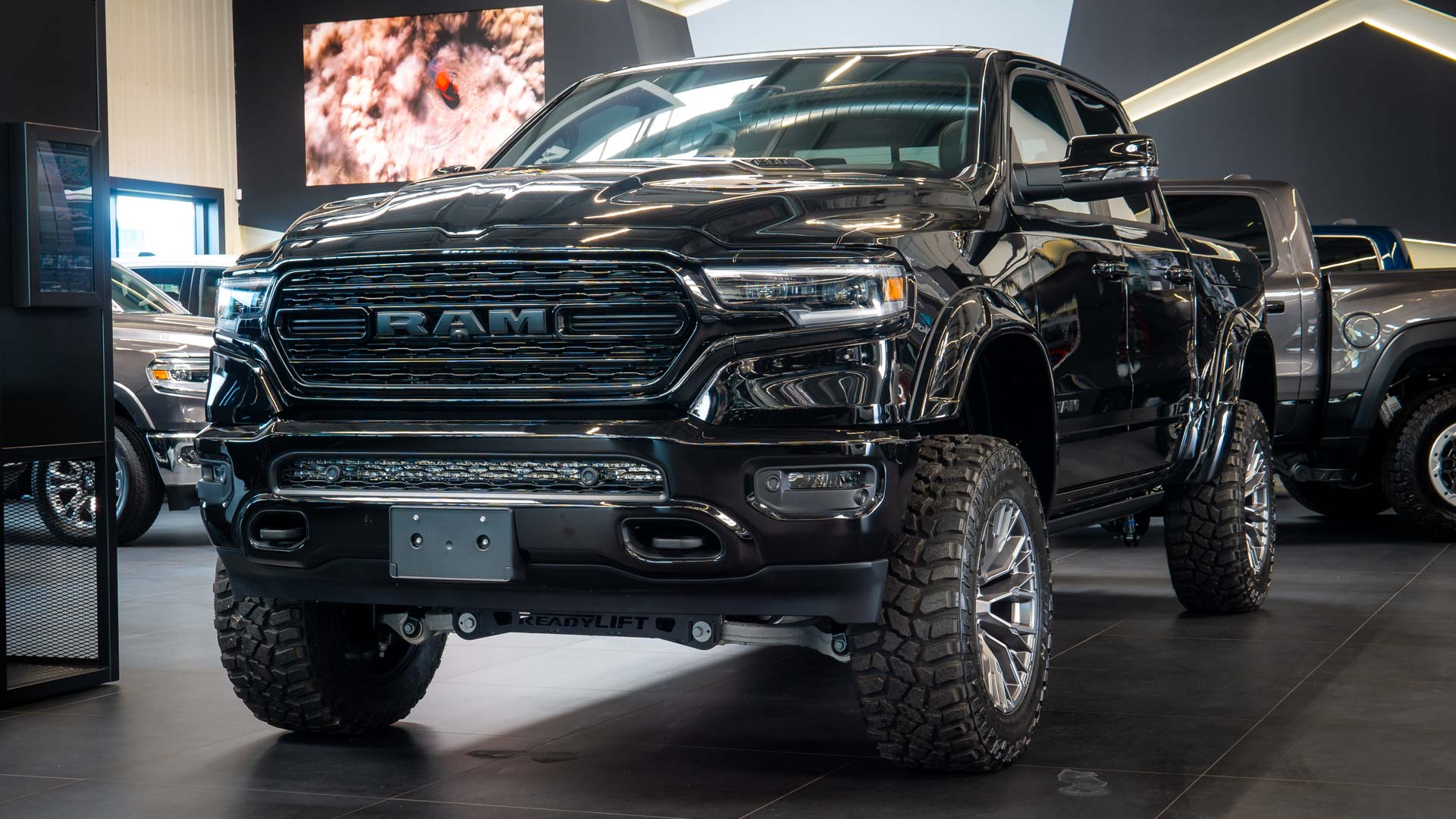
Another strike against its resale strength is its heavy use in fleet sales. Ram incentivizes large fleet purchases with deep discounts, and many rental companies or work fleets choose the 1500 Classic for its low upfront cost.
However, when these trucks hit the used market in bulk, they flood inventory levels and drive prices down. This glut of identical used trucks depresses resale values for all Ram 1500 Classics, including those privately owned and in good condition.
Adding to its depreciation is the lack of powertrain variety. The Classic is usually sold with the 3.6-liter Pentastar V6 or older iterations of the 5.7-liter HEMI.
While both are reliable engines, they aren’t the fuel-sipping or high-tech options seen in newer models, and used buyers often seek better efficiency or more modern transmissions.
In essence, the Ram 1500 Classic may seem like a bargain when new, but that low sticker price comes with a hidden cost—major depreciation. Unless you plan to drive it into the ground, this is one truck better bought used than new.
3. Ford Ranger (2019–2022)
When Ford reintroduced the Ranger to the North American market in 2019, expectations were high.
Ford hadn’t had a compact or midsize pickup in the U.S. for nearly a decade, and anticipation grew as enthusiasts hoped for a Tacoma-fighter that also captured the efficiency and maneuverability many modern truck buyers crave.
But despite the name recognition and solid performance specs, the Ranger’s return has been lukewarm—and that has translated into major depreciation, often up to 50% within two years of purchase.
One of the biggest challenges facing the Ranger was its generic, aging platform. Ford essentially modified a global version of the truck that had already been in use abroad for years, so by the time it hit U.S. shores, it didn’t feel fresh.
Compared to rivals like the Toyota Tacoma or Chevrolet Colorado, the Ranger’s cabin design, infotainment layout, and interior materials felt dated. That perception of “old tech in a new shell” hurt resale appeal, especially for younger buyers or those wanting something modern.
Its powertrain options didn’t help its resale case much either. The Ranger came exclusively with a turbocharged 2.3-liter EcoBoost inline-4 and a 10-speed automatic transmission.
While this combo delivers solid torque and respectable fuel economy, it lacks the V6 option that competitors like the Tacoma or Frontier offer—limiting appeal to buyers who prefer a more traditional engine layout in their pickup.
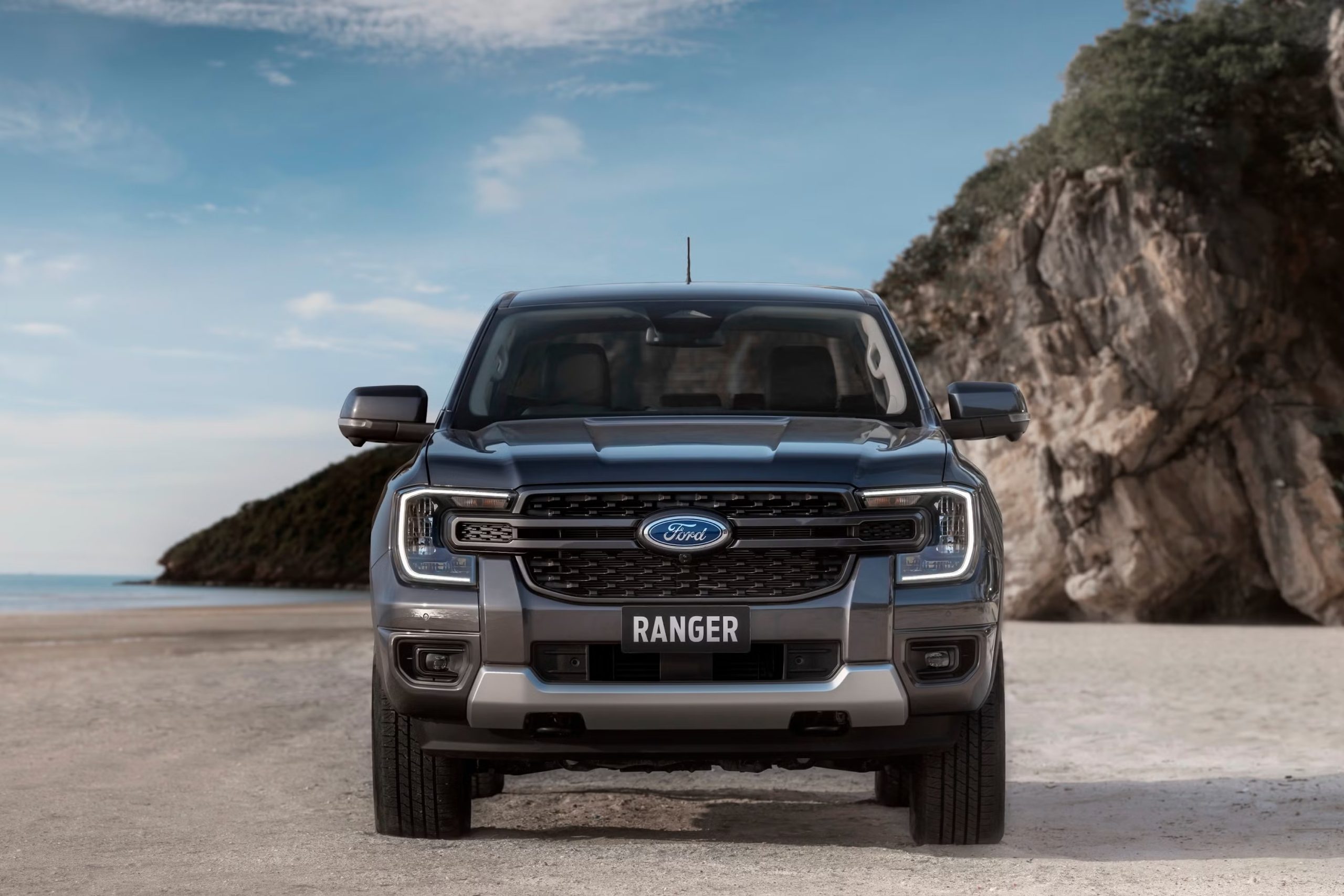
In addition, turbocharged engines can raise long-term reliability concerns for some used buyers, especially once the warranty expires.
Another factor in the Ranger’s depreciation is styling and size confusion. Although classified as a midsize truck, its footprint is nearly as large as older F-150s, which defeats the point for buyers seeking a small, maneuverable alternative to full-size pickups. On the used market, the truck’s awkward in-between dimensions can limit interest.
Finally, Ford’s rollout of the all-new Ranger for the 2024 model year has dramatically impacted the resale of prior models.
With a more refined interior, new powertrain options, and vastly improved tech, the older Rangers instantly became less desirable—and their values plummeted as a result. Dealers and private sellers alike have struggled to get strong offers for 2019–2022 models.
For truck shoppers focused on long-term value retention, the earlier Ford Ranger revival is one of the clearest examples of how hype doesn’t always translate into lasting worth.
4. GMC Canyon Denali (2021–2023)
The GMC Canyon Denali, a mid-size luxury truck offering, enters the list not for poor performance, but for underwhelming resale value despite a high entry price.
While it attempts to straddle the line between practical utility and upscale comfort, this top-trim Canyon suffers steep depreciation, often shedding up to 45–50% of its original value within the first two years of ownership.
What causes such a steep drop? First, the premium Denali badge inflates the MSRP significantly.
While the base Canyon might be reasonably priced and competes well with rivals like the Toyota Tacoma or Ford Ranger, the Denali trim pushes into territory where buyers expect full-size capability and features—not just luxury styling on a smaller frame.
When resale calculations are made, the Canyon Denali rarely holds its own against similarly priced full-size trucks that offer greater towing, cargo space, and long-term durability reputations.
Moreover, the mid-size truck segment tends to retain value best at lower trims, particularly those suited for off-road or work-oriented use.
The Denali’s focus on chrome accents, leather interiors, and comfort-oriented features doesn’t resonate as strongly with secondhand truck buyers, who typically prioritize function over flash. This mismatch between high sticker price and market demand drags resale down sharply.
Another hit to the Canyon Denali’s value retention is mechanical sameness. Despite its high cost, the Denali shares its engine—either the 3.6L V6 or 2.8L Duramax diesel—with much cheaper trims. From a buyer’s perspective, there’s little justification to pay thousands more for aesthetic upgrades that don’t come with unique performance benefits.
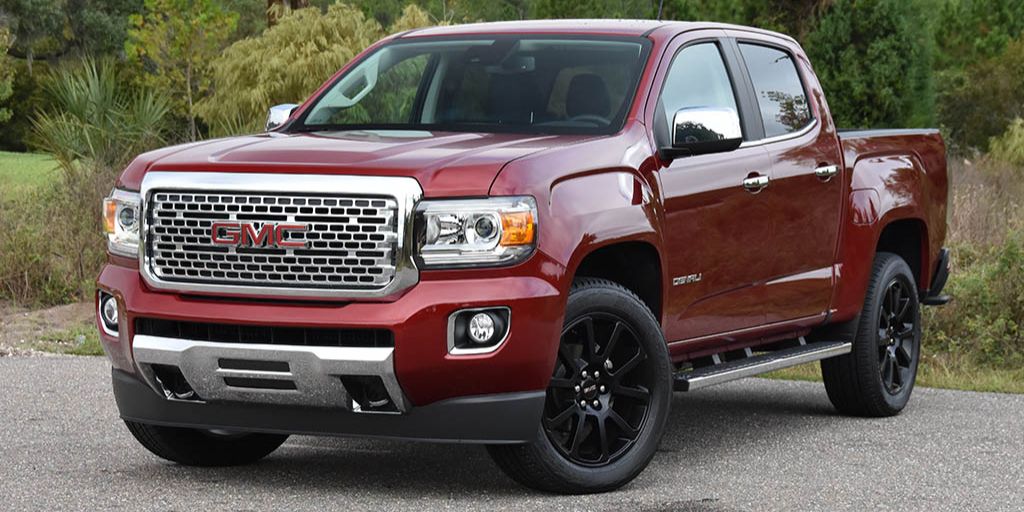
The arrival of redesigned competitors also undercuts the Denali’s market position. When Ford unveiled the updated Ranger and Toyota refreshed the Tacoma, buyers looking at lightly used Canyon Denalis were often tempted to spend a bit more for a newer platform with better tech, updated styling, and fresher features.
Ultimately, the Canyon Denali is a lesson in luxury badge inflation. It may offer upscale touches in a smaller package, but when it comes to holding value, buyers quickly realize they’re paying a premium for features that don’t maintain their worth. In the world of resale, this version of the Canyon falls far short of its rugged rivals.
5. Jeep Gladiator (2020–2023)
The Jeep Gladiator entered the midsize pickup market with a splash, combining the iconic Jeep off-road reputation with a versatile truck bed.
However, despite its strong brand cachet and enthusiastic following, the Gladiator has faced steep depreciation, with many owners seeing values drop by nearly 50% within just two years.
One reason for the Gladiator’s sharp depreciation is its premium pricing compared to competitors.
Starting prices for base models are significantly higher than comparable midsize pickups like the Toyota Tacoma or Chevrolet Colorado, due in part to its Jeep branding and standard off-road capability.
While these features add appeal, they don’t necessarily translate into broad market demand when it comes time to sell used.

The Gladiator also carries a higher cost of ownership due to complex off-road systems and specialty components like removable doors and a folding windshield. This complexity can intimidate some buyers on the used market who prioritize low maintenance and reliability over adventurous features.
Another factor weighing on resale is the relatively low fuel economy. Jeep’s rugged 3.6-liter V6 engine paired with a heavy frame and off-road equipment delivers fun and power but at the cost of higher fuel consumption. Rising fuel prices can dissuade buyers from paying premium prices for a vehicle that costs more to operate daily.
Additionally, the Gladiator’s niche appeal limits its potential buyer pool. It’s a great vehicle for off-road enthusiasts who want a Jeep with truck versatility, but for the average pickup buyer, it doesn’t offer the same towing capacity or cab configurations as more traditional competitors. This narrower market means fewer interested buyers, leading to steeper depreciation.
Finally, Jeep’s own evolving lineup impacts resale. With new versions and trims arriving frequently, earlier Gladiators become less attractive as newer models bring updated tech and refinements. This rapid product cycle accelerates the loss in value for older units.
In summary, the Jeep Gladiator’s unique blend of off-road capability and truck utility comes at the price of poor long-term value retention. Buyers who prioritize style and adventure may love it, but those focused on preserving resale value should be cautious.
Understanding how trucks retain or lose value over time is crucial for buyers who want to make a smart investment. Trucks that hold 80% of their value after two years prove their worth not only as durable, capable machines but also as financially sound purchases.
These vehicles typically benefit from strong brand loyalty, proven reliability, and balanced features that appeal to both work and lifestyle buyers.
Models like the Toyota Tacoma, Ford F-150, and Chevrolet Silverado combine ruggedness, advanced technology, and broad market acceptance, all of which help maintain their resale prices impressively well.
Their versatility means they attract a wide buyer base, ensuring strong demand in the used truck market.
On the flip side, trucks that lose half their value in just two years often share common traits. They might be niche models, like the Jeep Gladiator, or luxury-oriented trims such as the GMC Canyon Denali, where high initial prices don’t translate into equivalent market demand for used vehicles.
Others, like the Ford Ranger (earlier generation) or Nissan Titan, suffer from inconsistent marketing, fewer trims, or a limited dealer presence, leading to lower resale values.
Factors such as high operating costs, less interior refinement, or lower towing capacities compared to competitors also contribute to their depreciation. Additionally, discontinued models tend to drop faster, as buyers worry about parts availability and resale liquidity.
For potential truck buyers, the key takeaway is to consider resale value alongside performance, comfort, and features.
A truck that depreciates slowly offers long-term savings, whether through higher trade-in values or better resale prices. Conversely, a rapidly depreciating truck might look like a bargain initially but could cost more in the long run.
Ultimately, choosing a truck with strong value retention means opting for a model backed by reliability, strong market demand, and a proven track record.
Doing so not only protects your investment but also ensures you drive a truck that stays relevant and desirable for years to come.
Also Read: 5 Cars That Still Get Good Mileage at 200K Miles and 5 That Don’t Move Without Fuel

